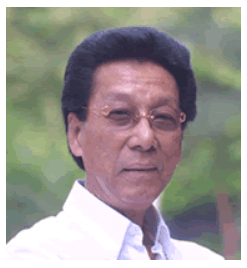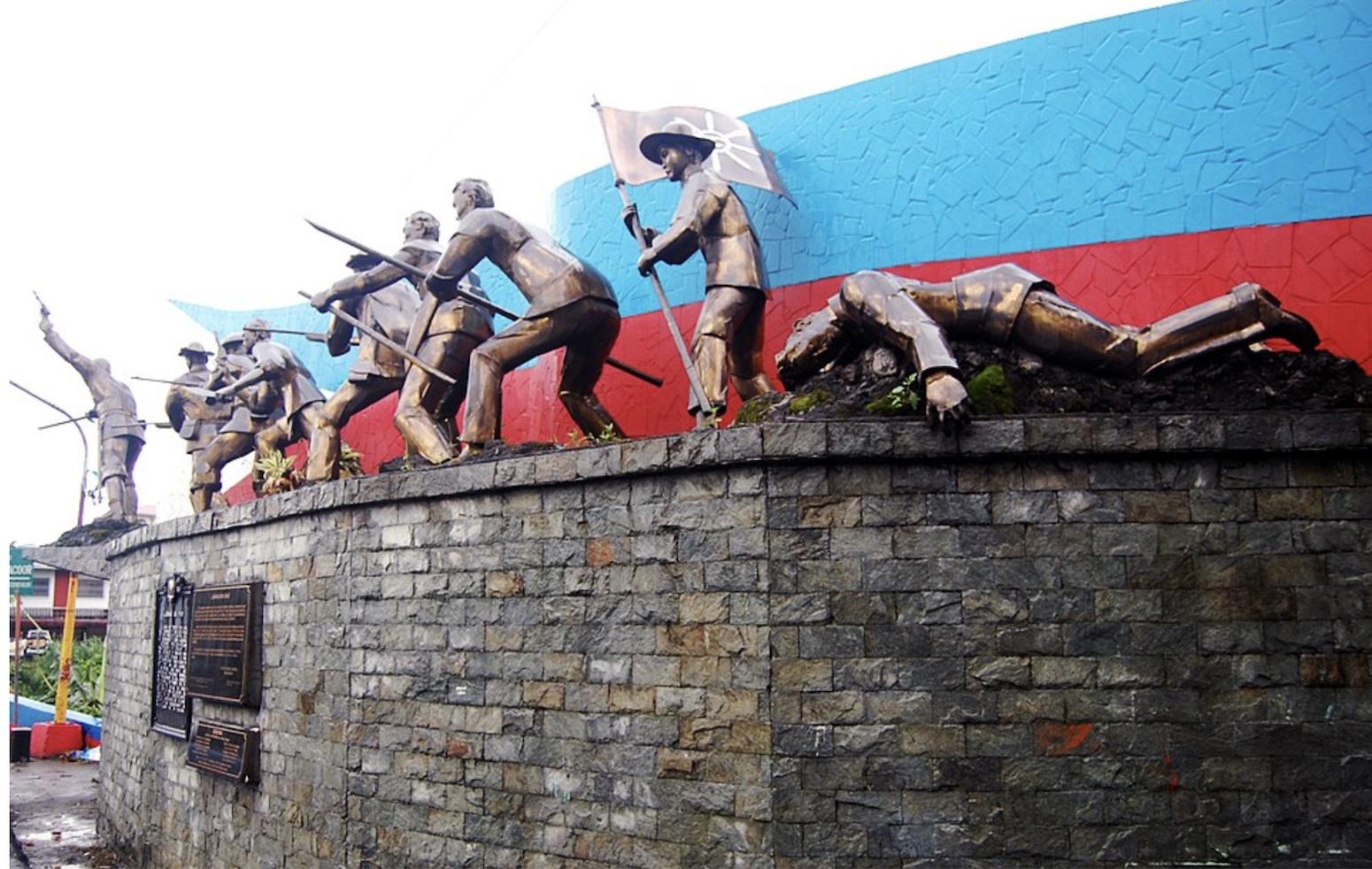CORRUPTION seems to be a fi xture in the headlines these days, and the numbers are increasing.
Last February, the World Bank released a study that rated the Philippines as one of the worst among East Asia’s leading economies. It also placed the country at the bottom of the list of East Asia’s 10 largest economies when it comes to control of corruption.
In the latest Global Competitiveness Index of the World Economic Forum (WEF), the Philippines ranked 87th out of 133 economies, going a number of notches down from its previous 71st position.
According to the WEF, the biggest problem of the Philippines is corruption, followed by ineffi cient bureaucracy, inadequate infrastructure, policy instability, access to fi nancing and tax regulation. Because of this, the Philippines was unable to pass the criteria for anti-corruption set by the US-based Millennium Challenge Corporation.
In 2008, MCC restricted the fl ow of fi nancial aid to the Philippines due to concerns about corruption. MCC CEO John Danilovich said that he had “serious concerns” about corruption indicators in the Philippines.
Just this week, Malacanang said that it will be holding dialogues with the authorities to speed up the investigation of corruption cases and convict those who will be found guilty.
But the way the Offi ce of Ombudsman has been operating lately, –– its absolution of fi rst gentleman Mike Arroyo of any involvement with the NBN-ZTE scandal and the “timely” release of new restrictions in granting requests for copies of the Statement of Assets and Liabilities and Net Worth (SALN) of public offi cials, after President Gloria Macapagal-Arroyo herself and her son, Pampanga Rep. Mikey Arroyo were interrogated for some anomalous inconsistencies in their SALNs –– it’s diffi cult for the Filipino people to take this piece of news without a grain of salt.
( www.asianjournal.com )
( Published on September 12, 2009 in Asian Journal Los Angeles p. A12 )
Back To Top





